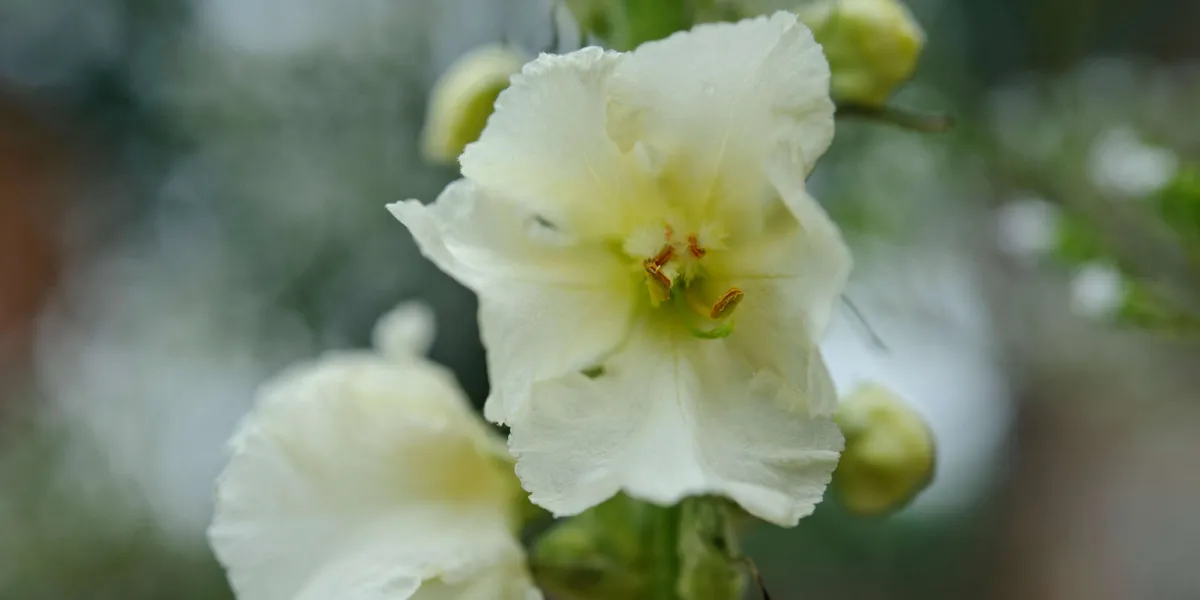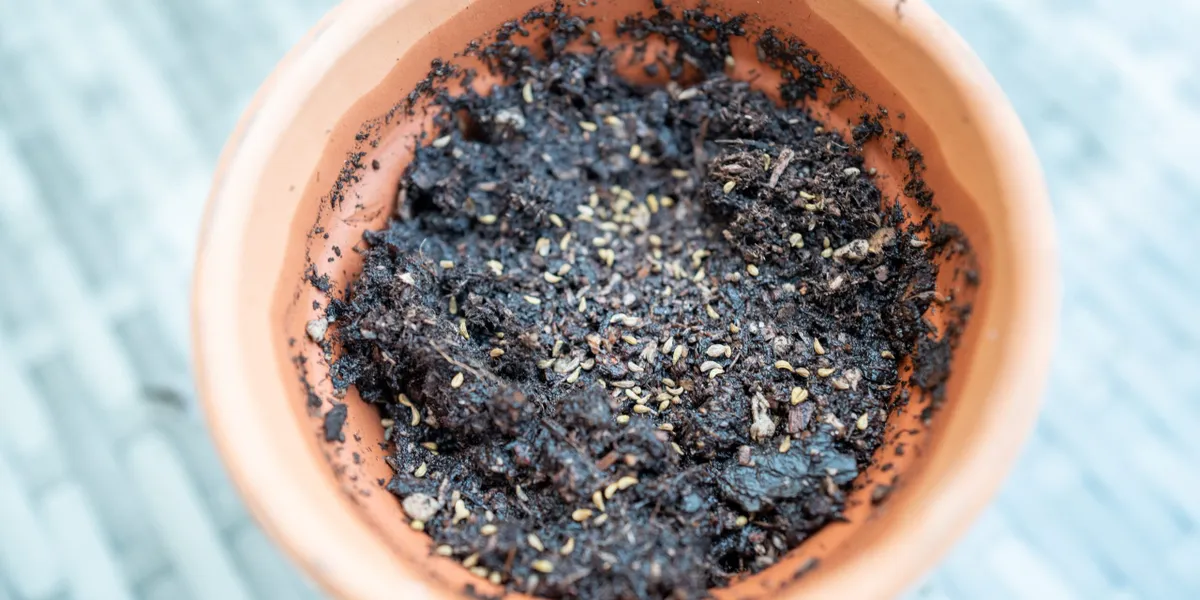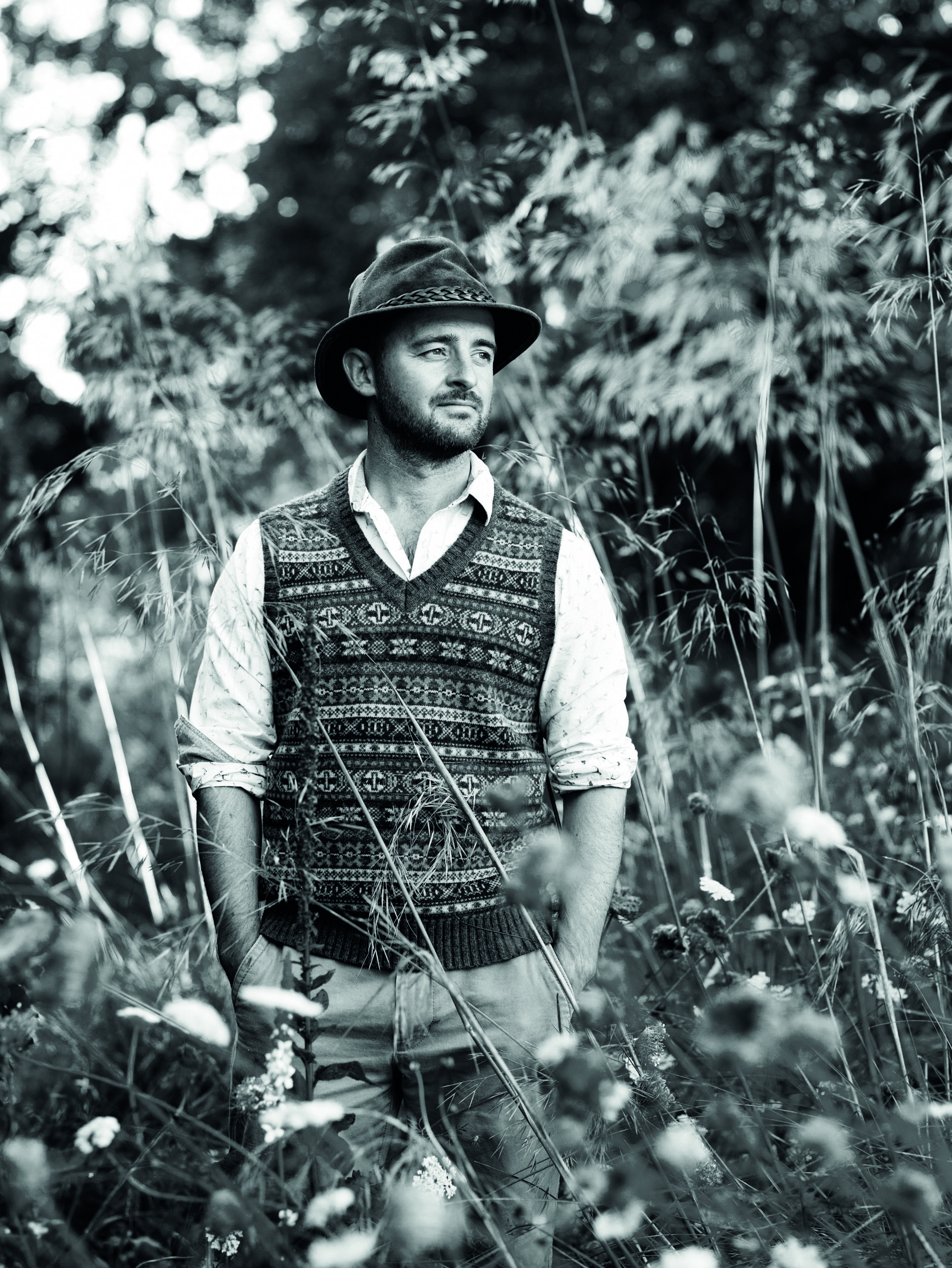Autumn is the perfect time for planting, with moisture and warmth in the soil to promote root growth. Head gardener Benjamin Pope and chef and horticulturist Aaron Bertelsen are here to make sure your garden looks great all year round. Below are their choices for things you can plant in the garden in October from vegetables to flowers including hardy annuals and sweet peas.
Don't miss our suggestions of the best flowers in October, what gardens to visit and the gardening jobs for the month.
What to plant in October
Trees, shrubs, roses and perennials
Container-grown plants, including trees, shrubs, roses and herbaceous perennials, can be planted now, before bareroot season begins.

I also plant out any biennials, such as sweet Williams and verbascums, though if small I’ll postpone planting until early spring.
Plant bulbs in borders
October is also a good time to plant bulbs to borders and meadows. I like to set them out in small, empty pots or old bulb nets, easily arranging them to my desired design before spreading and planting individually as loose swathes. This also helps to avoid any camouflaged individuals going unplanted.
Lifting and dividing can take place now, though of course this will involve cutting back your plants first, so I tend to leave this until spring, enjoying the winter seedheads.

Hardy annuals
Early October is when I plant most hardy annuals, along with my first sowing of early sweet peas and additional winter salad leaves including chervil, pak choi, pea shoots and rocket. I also dig up some coriander, parsley and mint, so that I can grow them in pots indoors.
Here's more on the best flowers for October
What to plant out in the kitchen garden

This is a good time to plant out spring onions. Cooler temperatures mean less risk of bolting and of the fungal diseases that tend to affect them in the warmer months. Recently, I have been enjoying a
cultivar called ‘White Lisbon’, which is known for its winter hardiness and works equally well raw in salads or cooked as a base for soups and stews. The seedlings should be planted about 10cm apart. Avoid the temptation to put them any closer together – good air circulation is crucial here. I usually help mine along with a covering of fleece, but be ready to remove it on days when the weather is good to help keep the
fungus at bay.
The other thing to watch out for is birds – they love to dig up the newly planted seedlings and strew them over the ground. Just replant them. One final note of caution – if possible, plant onions in a different area of the garden each year to avoid the build-up of fungal pathogens in the soil. Aaron Bertelsen

